By: Samantha Rainwater, South Carolina High School English Teacher
Back to the Basics
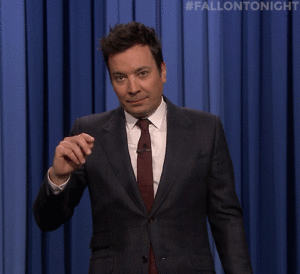
Like every teacher during March of 2020, life threw me quite a difficult curveball: in the course of a few days, I needed to scrap all of the plans and dreams I established with my students and reimagine the rest of the year virtually. I don’t know how y’all handled it, but I was at a complete loss. My very organized book clubs, the brand new unit on The Kite Runner we had just launched, the highly-technical argument unit and Convince Me project we were in the thick of, all of it, upended. I had to start thinking about what—with my very limited time—I would focus on with my students. Ultimately, I decided that literacy through interesting and meaningful reading and writing would be my primary focus for the rest of the year.
I bring this up specifically to discuss how, even as an English teacher, I have a lot of content that doesn’t fall under the “reading skills” category. However, literacy is the key to our students’ ability to access our content. If I wanted my students to be prepared for the next school year, the task was not to continue my content-heavy units or teach all the figurative terms they would encounter in English 3, but to make sure that students’ literacy skills continued to develop.

We’ve heard it all before, maybe from a district official or an administrator at the beginning of the year: We are all reading teachers. But let’s be real. We have standards and pacing guides and benchmark assessments and end-of-course tests and the list goes on. For content-area teachers, how can we possibly add on the task of developing students’ literacy? After all, they take ELA.
The Case for Disciplinary Literacy
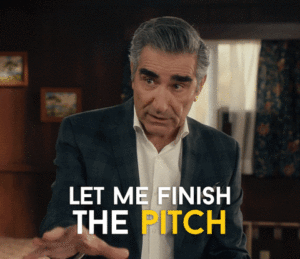
I had a major revelation this year when it came to literacy, and I think in many ways my background as an English teacher kept me from this revelation sooner. Secondary education relies on literacy skills as a means of accessing content knowledge; however, literacy isn’t just literacy. There are two major theories regarding how literacy works: content-area literacy, which suggests reading strategies transfer between content areas (Vacca, Vacca, and Mraz 2011), and disciplinary literacy (Shanahan & Shanahan, 2012), which suggests and “acknowledges that different disciplines contain different purposes for language, ways of communicating, and requirements for precision” (Croce, 2017). While it’s important to understand that some reading strategies do transfer, it is also important to acknowledge the merits of disciplinary literacy. It’s not like kids learn to read, then immediately their literary lives are unlocked, and they can henceforth access all written knowledge presented in all subject areas. Each academic discipline has its own discourse styles and structures that students have to learn and master because they are so unique and different from the typical ways we engage and use language socially. The literacy and discourse structures that are taught in the ELA classroom might not be sufficient for students dealing with the very specific types of literacy present in the science or math classrooms. For this reason, the very best teachers of literacy in content-area classes are the content-area teachers themselves! I know, what does an English teacher have to say about literacy in other disciplines? But hear me out. It might even make teaching your content more effective.
An Example: Disciplinary Literacy in the Science Classroom
Science teaching, for example, depends on informational texts to communicate content knowledge, to teach facts to students. However, what happens when a student’s observations of the world around them do not match the facts being presented in the scientific texts they are reading? What understandings of the scientific method and peer review process do students have to understand in order to comprehend and learn from these texts? Consider the words of Croce (2017):
“According to conceptual change theory, a number of conditions need to be met in order for a student to change his or her mind about a science concept. Would a student be considered a poor reader if those conditions were not met and the student did not change his mind (in other words, learn a concept) after reading the text? I would argue that a student is not a poor reader if he or she does not immediately change his or her mind about a science topic after reading a text. This is because when we assess students as readers of science, it is impossible to separate who a student is as a scientist from who he or she is as a reader (emphasis added) (Croce, 2015).”
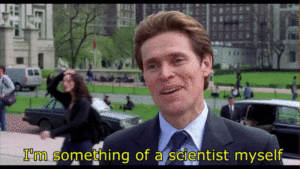
Being an effective scientist depends on being literate in scientific discourse styles, specifically. If we expect students to learn how hurricanes are formed through reading a text, we have to approach the reading of that text as scientists, which requires different literacy foundations than what is required in their English class (and reading in science, math, and social studies often has different goals than in ELA). Scientific texts also have unique language patterns (i.e. cause and effect relationships in scientific sequences) that need to be explicitly taught to students. Students reading in their literature classes may never encounter those specific language patterns. When students are taught these discourse styles, they are then able to make sense of the content presented in these texts.
First Steps: Introducing Language Objectives
I don’t think that we necessarily have to be reading specialists on top of our content-area and pedagogical expertise. I do think, though, that we need to be aware of how our disciplines use language and provide instruction for our students so language isn’t a barrier to learning the content. One of the most meaningful ways that I’ve started doing this in my own classroom is through language objectives. Language objectives are similar to content objectives in that they articulate what students’ will be able to achieve by the end of a lesson or period of time. The only difference is that while content objectives describe what students will know and be able to do, language objectives describe how students need to use language in order for the content to be accessible. If you need a place to start in terms of understanding how language should be used at different proficiency levels, I recommend viewing WIDA’s Can Do statements.
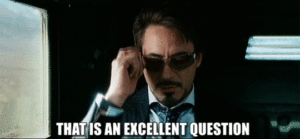
As you are planning a lesson, ask yourself a few questions: What discipline-specific and general academic vocabulary do my students need to know to meet the content objectives? How is language functioning in this lesson (Are we listening to a speech made by an historical figure? Recording observations in a science experiment? Describing? Predicting? Comparing? What language styles and structures do we need to employ to do these things?) What language structures or grammatical features are common in this lesson? (Are we reading an academic text with frequent passive voice? Imperatives? Does the organization of the text need to be understood for students to comprehend it better?) What functional language is used during this lesson? What do I observe about my students’ needs when it comes to language?

By doing this, we will become more aware how language works in our disciplines, and we can then work to lower the linguistic hurdles students need to overcome to understand and excel in our content. We can also take the answers to these questions and design focused objectives and direct instruction related to the language of our disciplines. The beauty of designing language objectives is that it occurs alongside the teaching of our content objectives; we don’t pause our instruction to teach language and grow literacy. This can happen with small mini-lessons embedded in the larger instruction for the day. For example, in a high school chemistry lesson, the language objective might be that “Students will be able to use adverbs of time in their lab report to describe their observations (first, next, later)” (Echevarria et. al, 2011). Maybe, in a math lesson, students need to understand the language of conditionality in order to solve a word problem. From there, you would design a language objective. This might take all of 10 minutes, but it will enable students to meet the task of writing their scientific observations within their lab reports.
Developing and strengthening literacy specific to our disciplines is not a separate, full-time job. Instead, we can use language objectives to make our content teaching even more effective.
About the Author
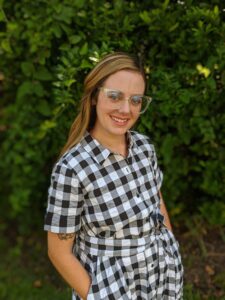
Samantha Rainwater is the current English department chair at Richland Northeast High School in Columbia, South Carolina. She has eight years of teaching experience in the ELA classroom and is currently working to complete her ESOL certification.

2 replies on “Supercharging our Content Teaching with Language Objectives”
Great article Sam!!! I am elated to be a part of the ELA department at Richland Northeast High School!!!!!
Well said Samantha! Thank you!